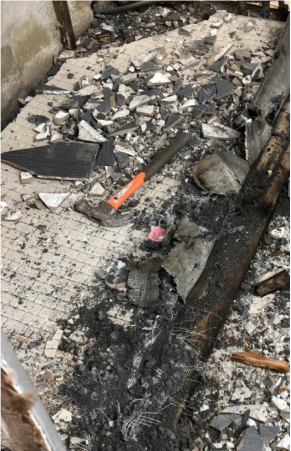
Tampa’s geographical location renders it susceptible to a variety of severe weather events, ranging from powerful hurricanes to torrential downpours and thunderstorms. Consequently, storm damage has become an all-too-familiar challenge for residents and property owners in Tampa, leaving behind a trail of destruction and disruption in its wake.
In the aftermath of such storms, the importance of effective and efficient repair cannot be overstated. Beyond mere cosmetic restoration, timely and thorough repairs are essential for ensuring the safety, functionality, and longevity of structures affected by storm damage. However, traditional repair methods, while effective to some extent, often fall short in addressing the evolving complexities of modern storm damage.
The purpose of this blog is to explore the realm of innovative methods and technologies in storm damage repair, with a specific focus on the unique challenges and opportunities present in the Tampa area.
Introduction to Advanced Techniques and Their Benefits
In contrast to traditional methods, advanced techniques in storm damage repair represent a leap forward in innovation and efficiency. These techniques leverage cutting-edge materials, technologies, and methodologies to streamline the repair process and enhance the resilience of repaired structures. Here are some key benefits of advanced techniques:
Faster Repair Times
Advanced techniques often utilize automation, prefabrication, and other time-saving methods to expedite the repair process. By minimizing manual labor and optimizing workflows, these techniques can significantly reduce repair timelines, allowing property owners to resume normalcy more quickly following a storm.
Higher Durability and Resilience
Advanced materials, such as impact-resistant roofing shingles, engineered wood products, and composite reinforcement systems, offer superior durability and resilience compared to traditional counterparts. These materials are specifically designed to withstand the rigors of severe weather, minimizing the risk of future damage and prolonging the lifespan of repaired structures.
Cost-Effectiveness in the Long Term
While the initial investment in advanced techniques may be higher than traditional methods, the long-term cost-effectiveness cannot be understated. By reducing the frequency of repairs, minimizing maintenance requirements, and enhancing the overall longevity of structures, advanced techniques offer substantial savings over the lifespan of a building.
Advanced Roofing Solutions

Impact-Resistant Roofing Materials
Traditional roofing materials, such as asphalt shingles or clay tiles, are susceptible to damage from hail, high winds, and flying debris during severe storms. In response to this vulnerability, the roofing industry has developed a range of impact-resistant materials designed to withstand the forces of nature. These materials typically incorporate reinforced layers or specialized coatings that enhance their resilience to impact.
1. Composite Shingles: Composite shingles, made from a combination of materials such as fiberglass, asphalt, and polymers, offer enhanced durability and impact resistance compared to traditional asphalt shingles. These shingles are engineered to withstand hail impacts and high winds, reducing the likelihood of damage during severe weather events.
2. Metal Roofing: Metal roofing systems, including steel, aluminum, and copper, are renowned for their strength and durability. Metal roofs are inherently resistant to impact damage and can withstand high winds, making them an ideal choice for storm-prone regions like Tampa. Additionally, metal roofs often have a longer lifespan than traditional roofing materials, further reducing the need for frequent repairs or replacements.
Retrofitting Techniques for Increased Storm Resistance
In addition to selecting the right roofing materials, retrofitting existing roofs can significantly enhance their storm resistance and longevity. Retrofitting techniques involve reinforcing the structure of the roof and implementing additional protective measures to mitigate the risk of damage during storms.
1. Roof Deck Reinforcement: Strengthening the roof deck with materials such as plywood or oriented strand board (OSB) can improve its ability to withstand high winds and impacts. Installing additional fasteners or adhesive systems can further enhance the structural integrity of the roof deck, reducing the risk of uplift or detachment during storms.
2. Hurricane Straps and Clips: Adding hurricane straps or clips to the roof-to-wall connections can provide crucial reinforcement against wind uplift forces. These metal connectors are designed to secure the roof framing to the supporting walls, preventing the roof from being lifted off during hurricanes or severe storms.
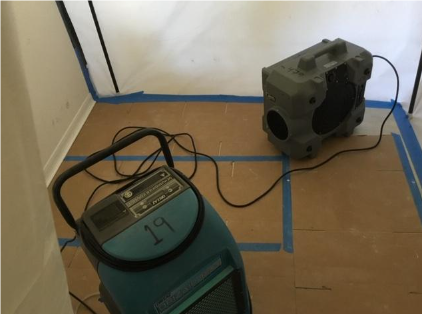
Innovative Roofing Technologies
Advancements in technology have revolutionized the way roofing systems are inspected, maintained, and repaired. Innovative technologies, such as drone inspections and thermal imaging, offer valuable insights into the condition of roofs and facilitate proactive maintenance and repair efforts.
1. Drone Inspections: Drones equipped with high-resolution cameras enable roofing contractors to conduct comprehensive inspections of roofs without the need for manual labor or risky climbing. Drone inspections provide detailed aerial imagery, allowing for close examination of hard-to-reach areas and identifying potential issues such as roof damage or deterioration.
2. Thermal Imaging: Thermal imaging cameras detect temperature variations on the surface of the roof, which can indicate areas of moisture infiltration or insulation deficiencies. By identifying thermal anomalies, roofing professionals can pinpoint areas requiring repairs or maintenance, preventing water damage and energy loss.
Energy-Efficient Solutions for Rebuilding Storm-Damaged Structures
In addition to using recycled materials, incorporating energy-efficient solutions into the rebuilding process can further enhance the sustainability of storm damage repair practices. Energy-efficient technologies, such as high-performance insulation, energy-efficient windows and doors, and solar panels, help reduce the energy consumption of repaired structures and lower their carbon footprint.
By optimizing energy efficiency, property owners can not only reduce their environmental impact but also save on energy costs in the long run, making sustainable storm damage repair an economically viable and environmentally responsible choice.
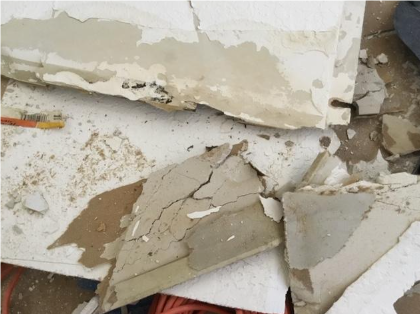
Emergency Water Damage Cleanup Tampa: Rapid Response, Reliable Results
Flood Pros USA is your trusted partner for rapid and effective solutions. Our team specializes in emergency water damage cleanup in Tampa, ensuring that we're available 24/7 to address your urgent needs. From burst pipes to flooding, we're equipped to handle any situation with professionalism and efficiency.
With Flood Pros USA, you can expect immediate response times and expert assessments to mitigate further damage. Our certified technicians will arrive at your location promptly, armed with state-of-the-art equipment to extract water, dry affected areas, and restore your property to its pre-damage condition.
Don't let water wreak havoc on your home or business—contact us now for dependable emergency water damage cleanup services in Tampa and regain peace of mind swiftly.
Subscribe to Flood Pros USA's Blog

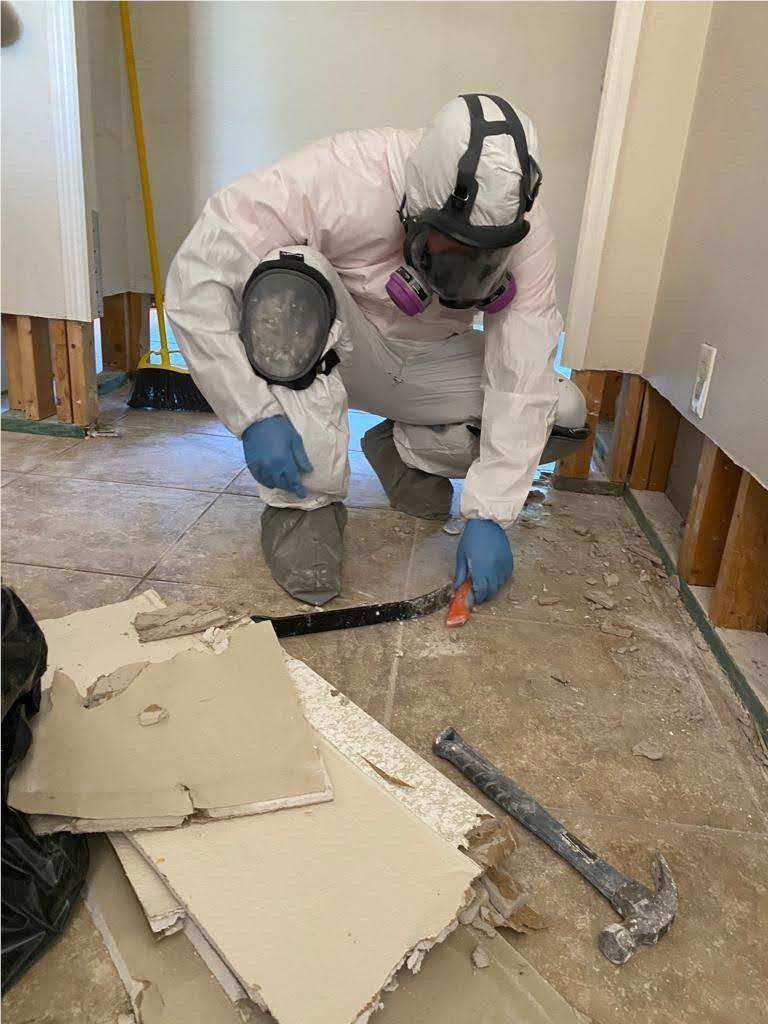

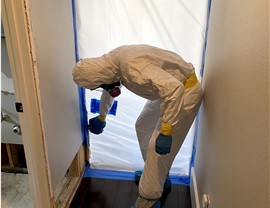
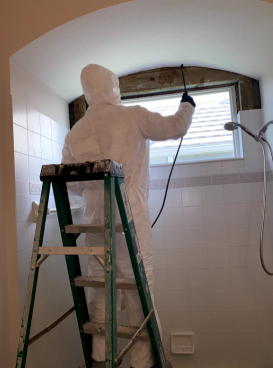
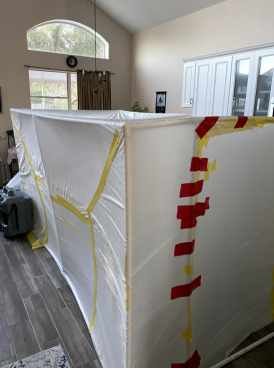

Comments